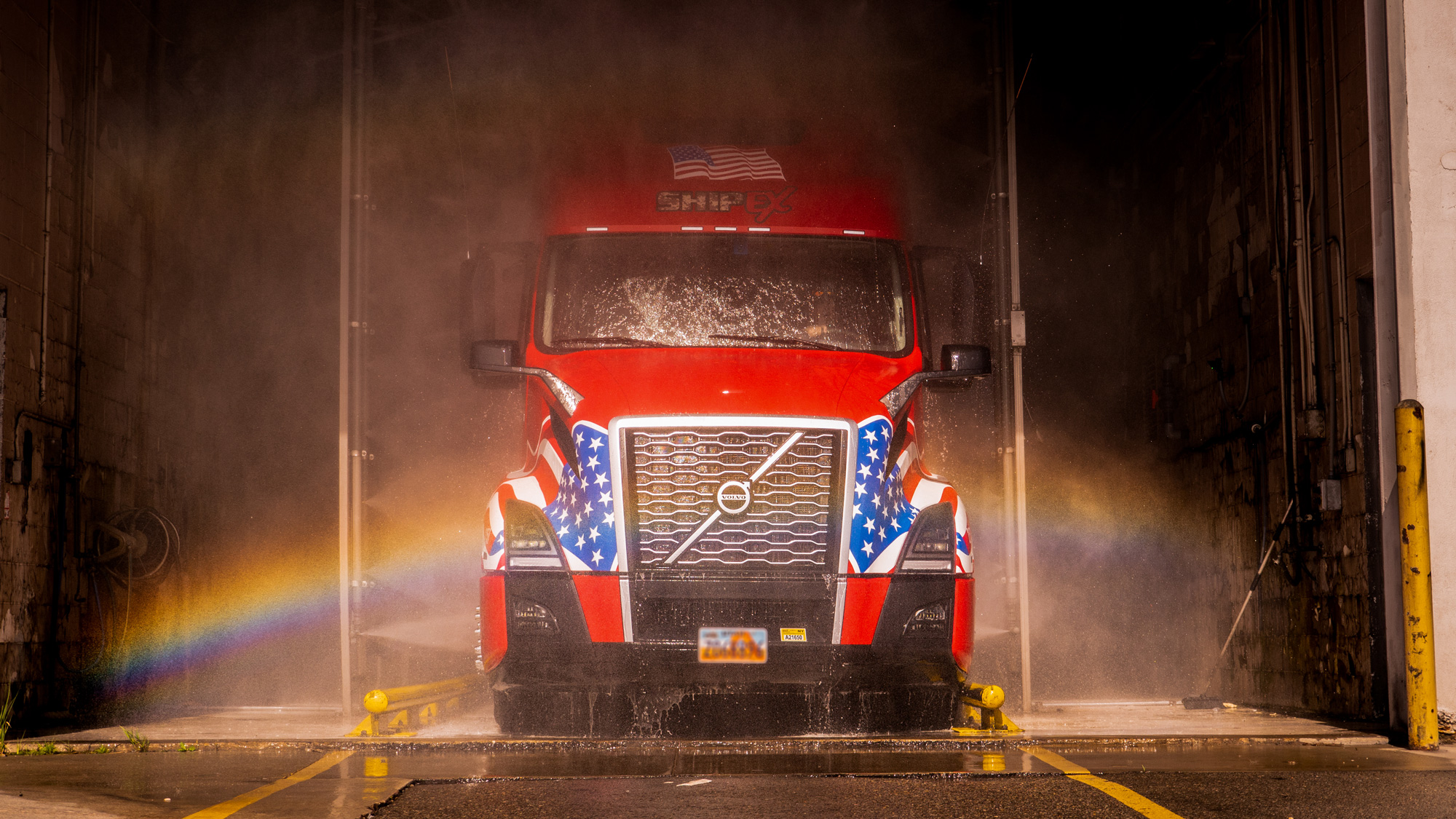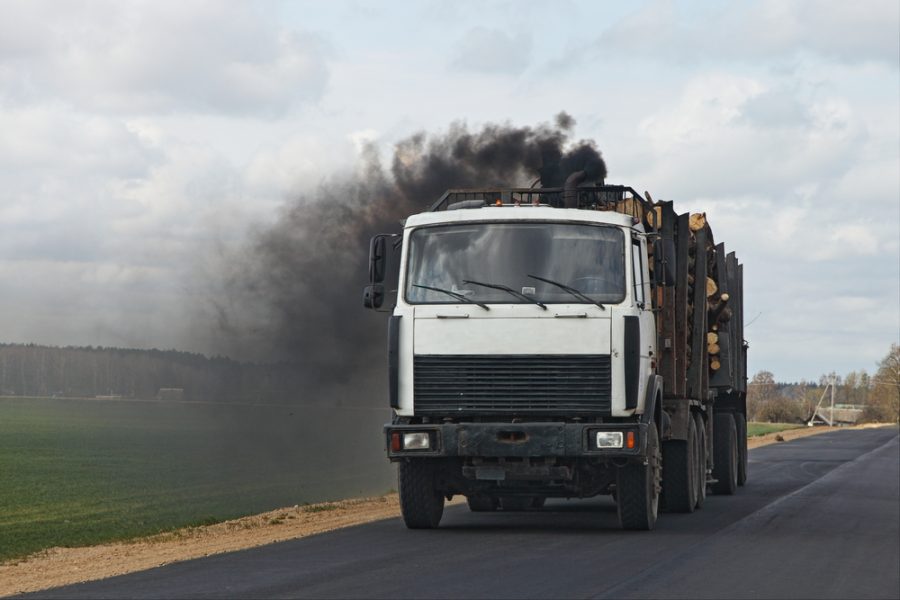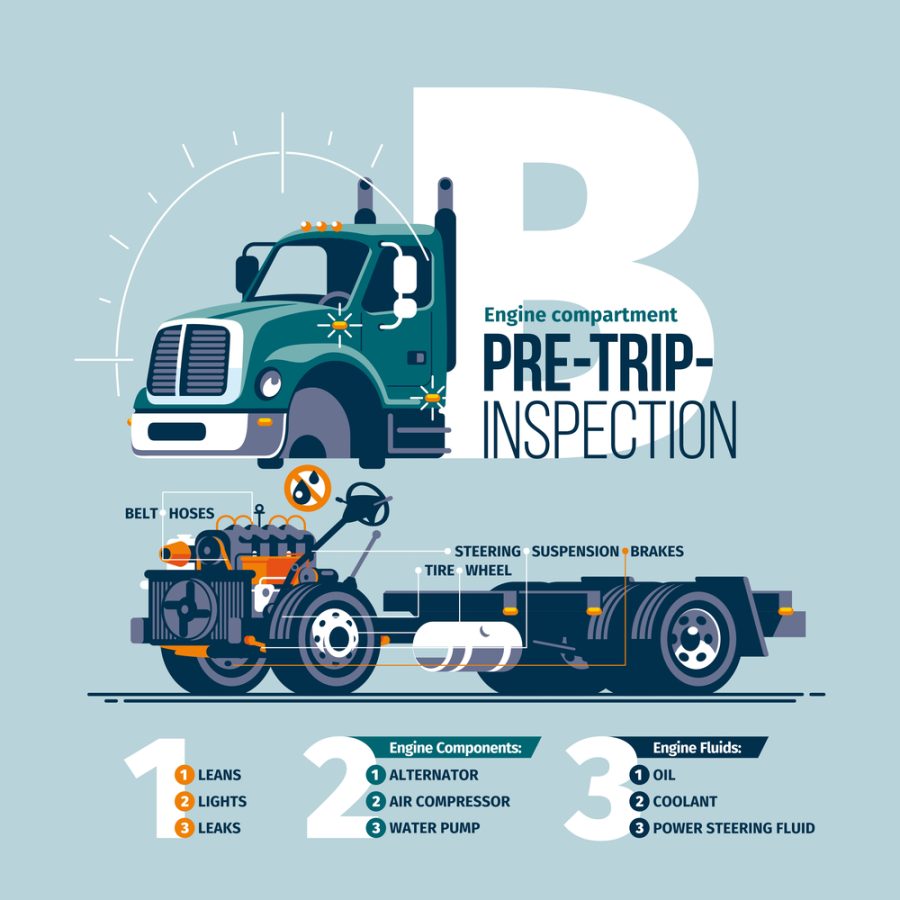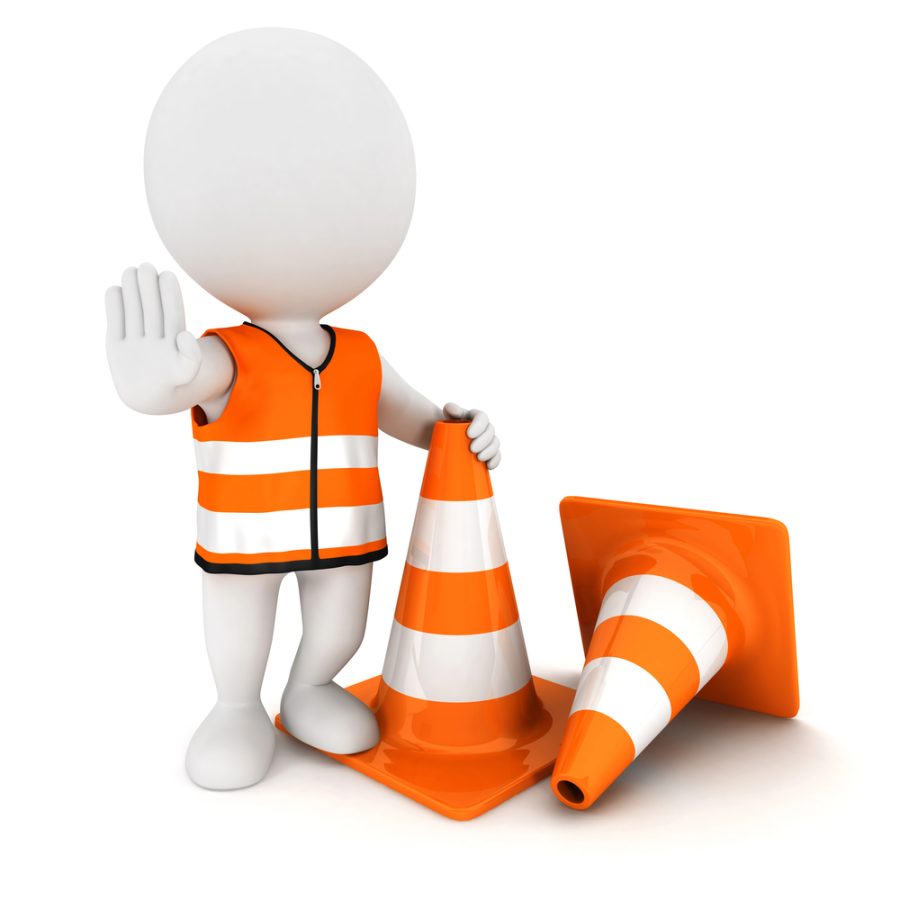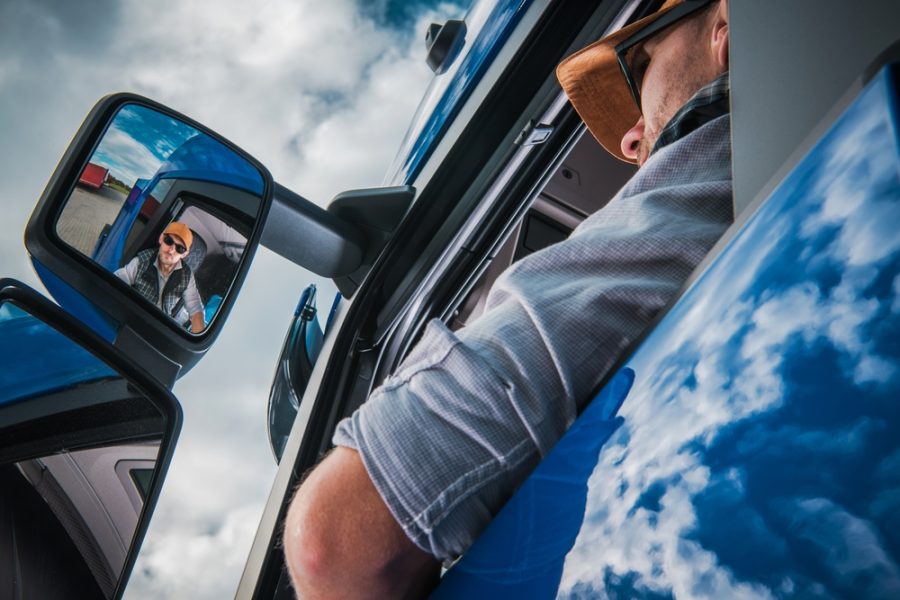Introduction
In the fast-paced world of logistics and transportation, the safety of truck drivers, their cargo, and public roads is number one. Implementing advanced and reliable safety solutions is key to achieving this. This blog will look at the different types of safety equipment available to truck drivers and what they do.
What are DEF Sensors
Understanding the tools that keep your vehicle running is key. One of those tools is the Diesel Exhaust Fluid (DEF) sensor, a must-have for your rig’s performance and environmental compliance. The DEF sensor monitors the level and quality of DEF in your vehicle which is critical to reducing harmful nitrogen oxide emissions from your diesel engine.
This process not only makes your truck meet emissions standards but also helps maintain optimal engine performance and efficiency. In short, the DEF sensor is your co-pilot in achieving peak vehicle performance and environmental compliance, it’s a must-have in your truck’s toolbox.
Commercial Vehicles: Eight Safety Tips to Protect Yourself and Your Rig
On the open road, the safety of you and your rig is not just important—it’s critical. Fitting work trucks with the right safety gear can protect you and the cargo you’re hauling and reduce the risk of accidents. Here we look at the top safety essentials for you, the truck driver, and how each one is key to your safety on the road.
- Driver’s Safety Kit: This is your emergency kit. It should include items like fire extinguishers, warning triangles, reflective vests, and first aid supplies. Having these items within reach means you’re prepared for minor accidents and can signal for help, protecting yourself and other road users.
- Truck Safety Features: Using mirrors, backup cameras, and blind spot detectors can make a big difference to your safety. These tools are designed to increase your awareness of your surroundings, prevent collisions, and keep you and others safe.
- Navigation Tools: A GPS is essential for plotting the best route but don’t underestimate the value of a traditional road atlas. Together they mean you’ll never be lost and never be in a situation where you’re exposed to danger.
- Truck Lighting: Visibility and signaling is key. This includes making sure your headlights, brake lights, turn signals, and hazard lights are all working. They help others see you and communicate your actions especially at night or in bad weather.
- Personal Protective Equipment (PPE): Wearing PPE like gloves, goggles, and hard hats is critical when handling loads and if roadside repairs are needed. This equipment is vital to reduce the risk of injury.
- Spill Response Kits: If you’re carrying hazardous materials a spill response kit is non-negotiable. These kits contain everything you need to safely manage and clean up spills and keep you and the environment safe.
- DEF Sensor: The Diesel Exhaust Fluid (DEF) sensor is critical to keeping your truck’s emissions system in check. It ensures your truck meets environmental standards by monitoring the DEF’s quality and level and helps you avoid breakdowns and fines.
Remember these safety essentials protect not only you but everyone on the road.
Truck Safety Equipment
Fitting your truck with the right safety equipment is not just about compliance it’s a lifesaver. From advanced driver-assistance systems (ADAS) like lane departure warnings and automatic emergency braking to basic items like reflective tapes and proper lighting each piece of equipment is crucial. Telematics for real-time monitoring and dashcams for incident recording is just the icing on the cake.
These tools work together to reduce risks, increase driver awareness, and make the journey safer. Installing and maintaining these safety features are not just regulatory requirements but fundamental practices that show the importance of safety in the trucking industry. They are your first line of defense against the unexpected, showing a commitment to safety that goes beyond compliance and keeps you and others on the road safe.
Conclusion
Safety in commercial vehicle fleets is not just a regulatory requirement; it’s a moral obligation that protects drivers, cargo, and the public. The role of the essentials from the technologically advanced Diesel Exhaust Fluid (DEF) sensor that ensures vehicle performance and emissions control to the comprehensive fleet safety kits that are prepared for any emergency cannot be overstated. These components are critical to reducing risks and creating a safe working environment for all involved in the fleet operation. By implementing these safety measures fleet operators are not just meeting strict safety standards but are showing excellence and responsibility. By adopting and maintaining these safety practices the industry is saying that every journey is as safe as possible for everyone on the road.
